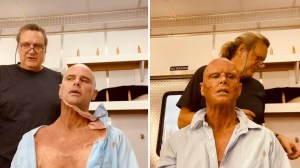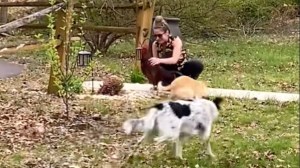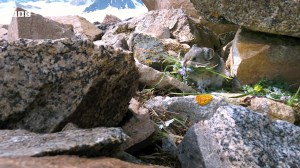The High Definition Earth Viewing (HDEV) experiment consists of four commercial high-definition video cameras attached to the International Space Station (ISS) that provide a live video feed of the Earth and the outside of the station. The cameras are enclosed in temperature specific housing and exposed to the radiation of space. The video quality of the cameras will be closely analyzed in an effort to help better choose cameras for future experiments.
The video feed may shift between gray and black slates for various reasons, like the ISS being on the night side of the Earth or switching between one of the four cameras, and recorded segments may be used in place of the live feed if signal cuts out. Those interested in determining the location of the ISS in relation to the video feed may do so using a tool developed by the European Space Agency.
The High Definition Earth Viewing (HDEV) experiment aboard the ISS was activated April 30, 2014. It is mounted on the External Payload Facility of the European Space Agency’s Columbus module. This experiment includes several commercial HD video cameras aimed at the earth which are enclosed in a pressurized and temperature controlled housing. Video from these cameras is transmitted back to earth and also streamed live on this channel. While the experiment is operational, views will typically sequence though the different cameras. Between camera switches, a gray and then black color slate will briefly appear. Since the ISS is in darkness during part of each orbit, the images will be dark at those times. During periods of loss of signal with the ground or when HDEV is not operating, a gray color slate or previously recorded video may be seen.






